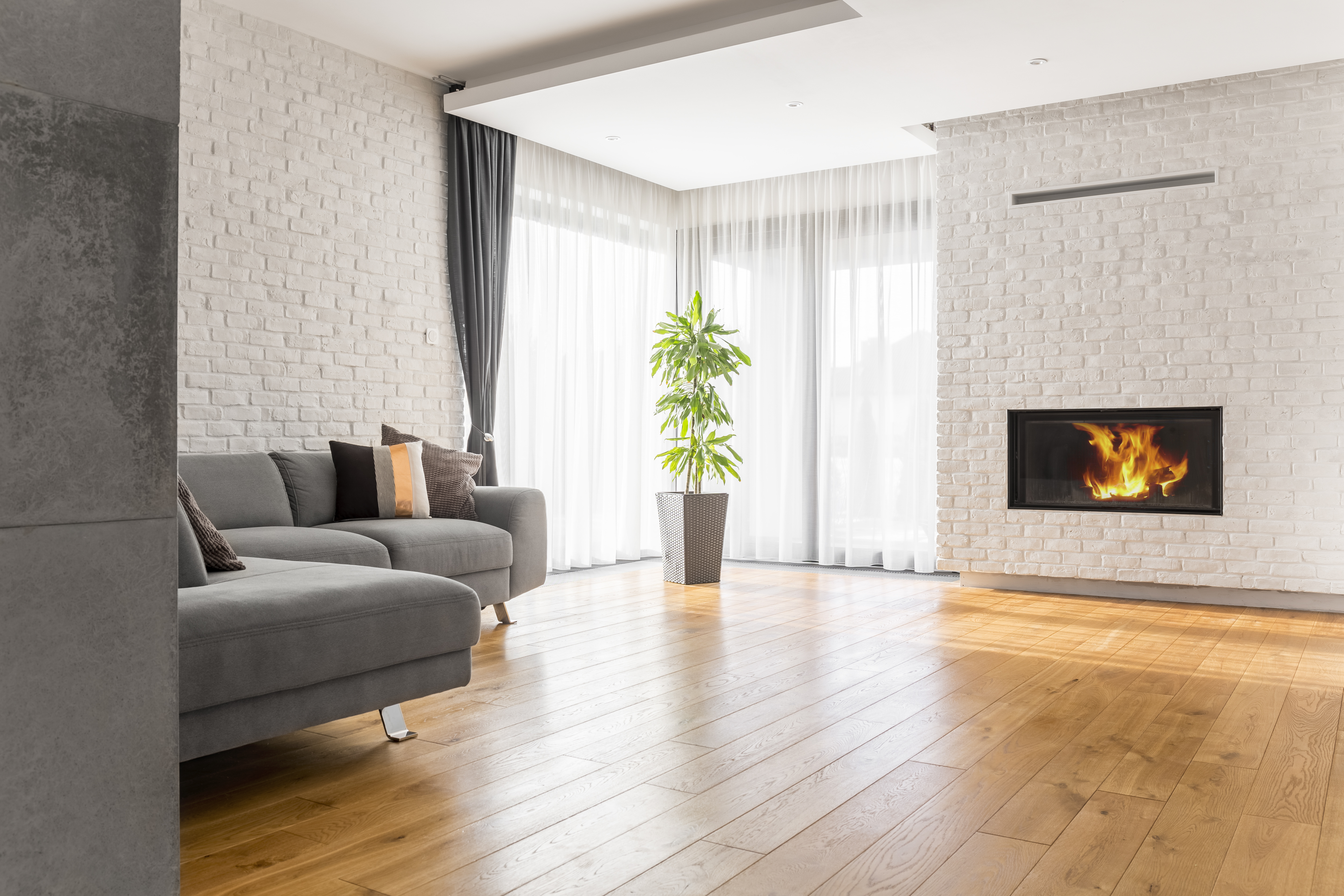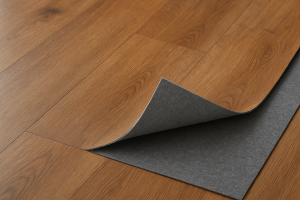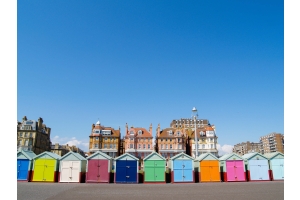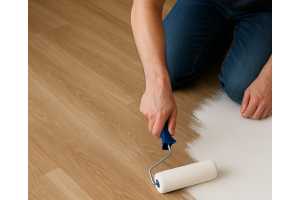
Wood floors are an increasingly popular and versatile choice for today’s interior spaces. Within busy family homes, they are easy to clean and maintain – both of which are important factors when children, teenagers and pets are involved. Wood floors also work well within more minimalist areas, adding warmth while enhancing smooth lines and surfaces. Having committed to your wooden floor, however, the challenge is in understanding how to make the most of the space around it, by finding the best wood floor design ideas.
The important thing to remember is that effective design ideas work because they are informed by the structure of the space, its usage, and your personal taste and style. With this in mind, you can make choices in three key areas that will quickly answer the crucial question: What goes with wood floors?
The three key areas
When we think about a room, or our home, its design is not solely achieved by the selection of wallpaper and the placement of furniture. Everything in the space makes a contribution, which means the ideal aesthetic comes from making choices that work well together. Your flooring is crucial in this respect because its large surface area in relation to the space means you can use it as the basis for the whole design.
In order to do this, there are three key areas to consider, each of which will inspire the best design ideas for your space.
- Colour
Some rooms can create a feeling of ease, while others can feel jarring to the senses. The difference between the two is not always obvious but can often be traced to the colour choices made during the design of the space. There is a science to the use of colour palettes in interior design, and this science works particularly well when using wood floors as a starting point. The most successful colour palette choices are based on the principles of colour theory, using the positions of primary, secondary and tertiary colour hues on a colour wheel.
When choosing a colour palette to work with wood floors, consider the following:
- Study the colour of the wood to find its undertone. Different shades of wood can contain vastly different hues, ranging from deep reds to brighter yellows.
- Decide on the type of atmosphere you are trying to create. Would you prefer the vibrancy of dramatic colour contrasts, or the subtlety of more neutral, complementary tints?
- Consider the purpose of the space, and the mood that colour choices can create. Different colours or shades can be used for different parts of the room. Sit in the space, watch the way people move through it and use it, and identify the flow of natural light.
- Materials
Once you have identified a colour palette, you need to consider textures and materials.
- Using softness - At a minimum, the hardness of wood flooring needs to be balanced with one or more softer elements. This is easiest to achieve with window dressings, rugs, or textiles within furniture – from large items such as sofas, or smaller cushion pads on dining chairs or kitchen stools.
- More wood - Wood floors work well with other wooden surfaces, including furniture and structural finishing touches such as balustrades and door frames. When selecting further wooden items, it is best to use a mixture of colour and texture – perhaps incorporating a complementary wood stain within tables or chairs.
- Creating modernity - Using wood floors as the basis for a modern aesthetic can be achieved by using sleek, smooth surfaces against the warm appearance of the textured grain. Furniture with a gloss finish or glass elements – such as kitchen cabinets, tables or bookcases – can provide a striking visual contrast that not only serves to highlight the natural look of the wood floor, but also brings light into a room where a wood floor is darker in tone.
- Accessories
Having built an aesthetic around your wood floors using colour and texture, it is important to incorporate the right accessories to enhance the choices already made.
- Light fittings and lampshades – Lighting is a vital element in any space that features wood flooring. The floor represents the largest block of colour and tone in the room, and so the use of light around the space should take this into account. Where the wood floor is of a darker hue, for example, it is a good idea to harness as much natural light as possible, while also adding two or more individual lamps to complement existing ceiling lights. In kitchens, this might include cabinet lights or under-pelmet lighting. Elsewhere, lampshades can be added to balance the room with softer texture.
- Door furniture – Whether we are sitting in a lounge or standing in a kitchen, door furniture tends to be at eye-level. This means the handles you choose will have a big visual impact and are therefore an essential consideration rather than an afterthought. There are endless styles of door handles available today and these items should be selected to be in keeping with the overall aesthetic. Be sure to choose modern, sleek handles, or more rustic designs, depending on the character of the space you are creating.
- Foliage – Bringing plants into a space that features wood floors is a great way to accentuate both the colour and texture of the grain, and also the natural material being used. Foliage should be selected in accordance with the overall aesthetic – for example, the clean lines of calathea or anthurium in modern design, or a more traditional begonia in a rustic space. The choice of plant pot can also be used to highlight colour and style. If your plant-care skills do not easily support living houseplants, life-like synthetic foliage can be used.
Ask the experts at Flooring Superstore
Flooring Superstore boasts a highly trained team of experts delivering a wealth of experience in floor design. With free samples, fast delivery, and an excellent Trustpilot rating, Flooring Superstore is the perfect answer to questions around wood floor design ideas.
If you’re looking to start a project and would like some help or advice, our contact form on the website has a range of different options for you to choose from. Alternatively, call one of our friendly and expert team on 03308 182 500.












